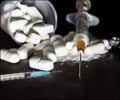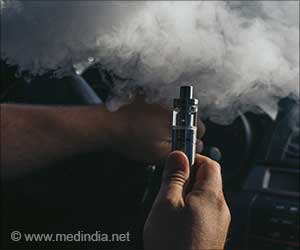Official data shows that despite being outlawed in 2012 in the U.S., the synthetic drugs known as bath salts are still readily available.

Craig E. Banks, in collaboration with Oliver Sutcliffe, notes that the high-inducing substances in bath salts, which are synthetic cathinones that also go by "plant food," "glass cleaner" and a number of other innocuous-sounding names, are derived from a stimulant in a plant called khat. The plant is found on the Arabian peninsula and East Africa. The drugs' effects are similar to those of amphetamines. Users reportedly feel an initial sense of euphoria, but this is followed by unpredictable and potentially dangerous effects, including seizures and hallucinations. Since bath salts first appeared in Europe and the U.S. more than four years ago, alarming reports emerged of users becoming violent. Tens of thousands of emergency room visits and several deaths have been attributed to the substances. Scientists have been working successfully on different techniques to identify the synthetic drugs, but the methods aren't portable. One group turned to an electrochemical approach, which can be adapted for in-the-field use, but their technique involved toxic mercury as the electrode. Banks' team wanted to find a better, safer way to perform bath salts "fingerprinting."
Using more environmentally friendly, mercury-free electrodes, the researchers developed a low-cost, disposable and rapid platform that could someday be used in a handheld sensor for detecting bath salts. They validated their technique using samples that were obtained from Internet vendors. The accuracy of their results matched that of established methods.
Source-Eurekalert









